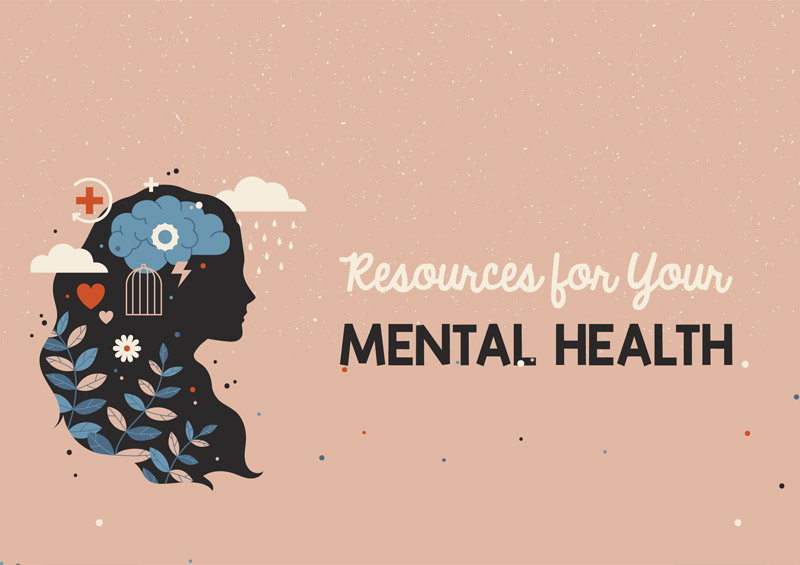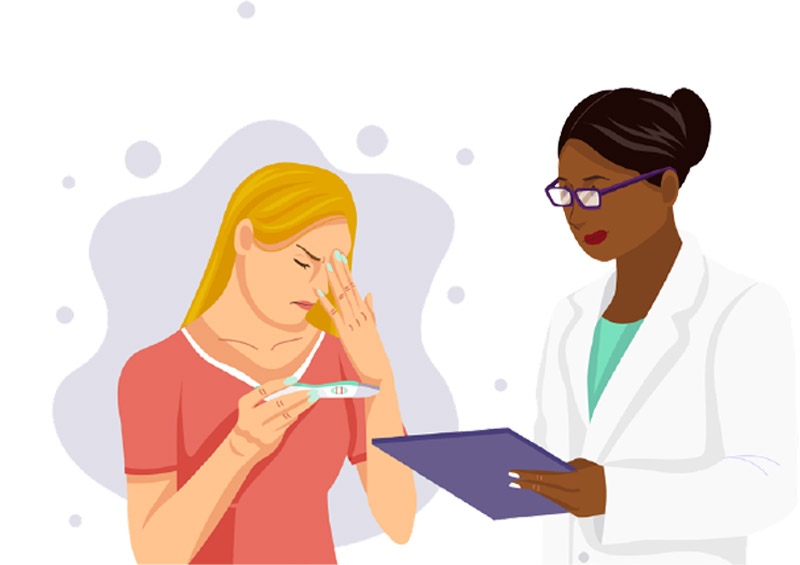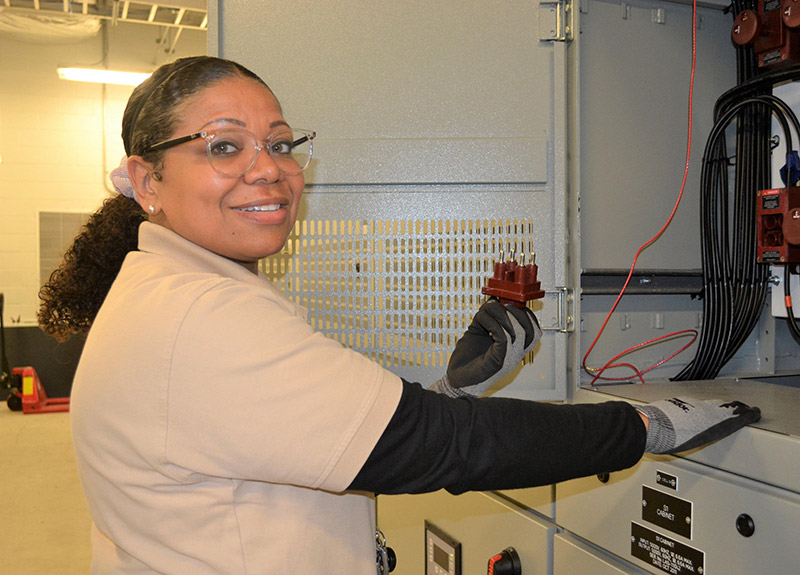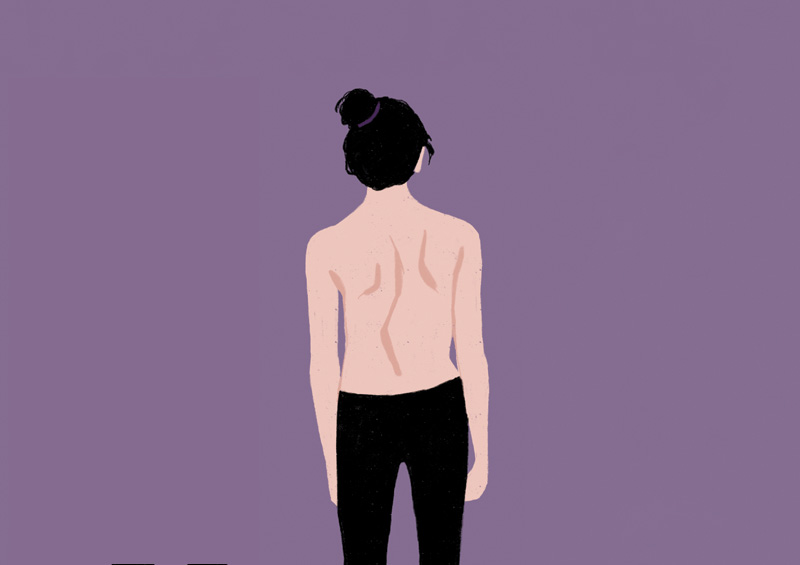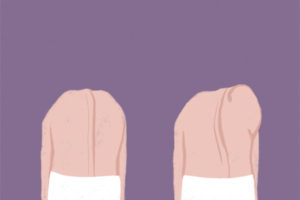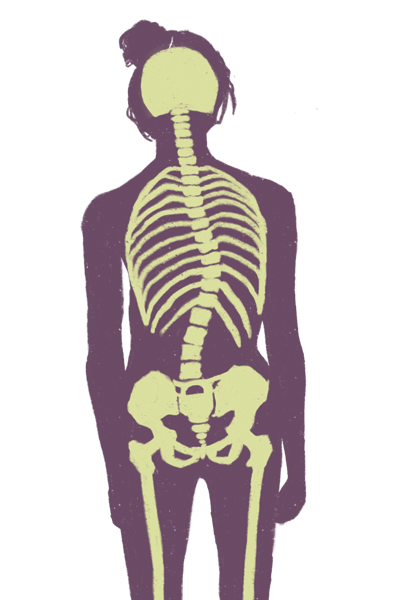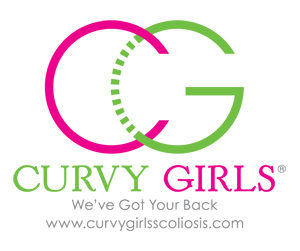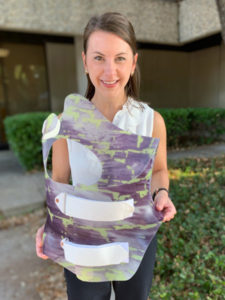How can scoliosis be treated?
How the doctor decides to treat scoliosis depends on many factors, including the severity of the curve and the patient’s age. In general, curves less than 20 degrees are observed by the doctor, while curves over 20 degrees are treated with bracing. Physical therapy, specifically Schroth therapy, can also be used to prevent curves from progressing, or getting larger. Doctors typically begin to discuss surgical options if a curve reaches 50 degrees or more.
Do scoliosis curves get worse over time?
Generally speaking, scoliosis curves grow when you are growing. Once your bones finish growing, small to medium curves typically remain stable and do not worsen over time. Larger curves of 50 degrees or more may increase gradually over time. This is why doctors may recommend surgery at that point.
How does bracing work?
The goal of bracing is to prevent curves from getting worse and to avoid surgery. Scoliosis braces are customized to each person. They are made of plastic, and some are lined with foam. They are designed to push against the curve and straighten the spine. The spine is actually straighter when the brace is worn, but once the brace is taken off, the spine normally relaxes into its original shape.
Does bracing hurt?
Bracing should not hurt. At first, it can be a little uncomfortable. However, after a couple of weeks, the discomfort should go away, and bracing becomes a part of everyday life. In order to be effective, scoliosis braces must be worn tightly and for many hours every day. Each doctor has a different protocol, but an average recommendation is to wear the brace for about 18-20 hours per day.
How can I help if I do not have scoliosis?
Be understanding of the scoliosis kids and teens around you! It’s all too common that young people with scoliosis feel isolated from their friends and family because of their scoliosis. Learning about scoliosis and realizing that it can be a difficult thing to go through is the first step to helping those with scoliosis!






